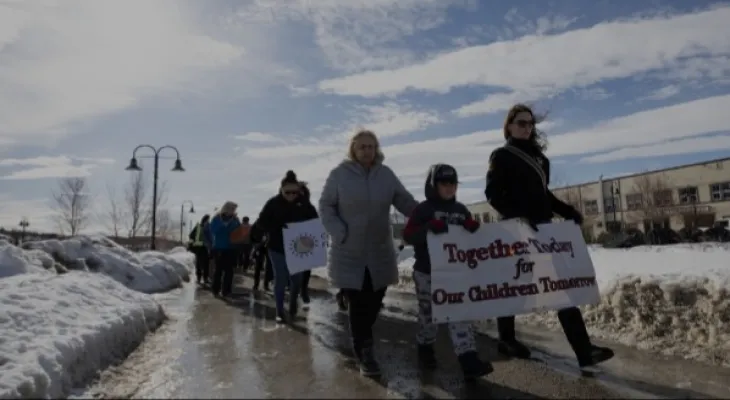Search here
Newspaper
Search here

Arab Canada News
News

Published: March 31, 2023
When the doors close at night in the administration office of Yukon’s Carcross Tagish First Nation, a small truck hits the road and roams the communities to provide naloxone to reverse overdoses, drug test kits, food, and even a friendly face to help those struggling due to the opioid crisis.
Health and Wellness Director of the nation, Stacey Robinson-Brown, said the new outreach truck – a common tool in larger Canadian urban centres – operates three days a week after hours and connects with people who may need support in communities with just over 700 residents.
Robinson-Brown added that they want to meet people wherever they are and perhaps help pull them out of the “deep waters” to start a healthier life.
While Yukon faces the highest per capita death rate in Canada from illicit drugs, the First Nations in the territory say toxic drugs disproportionately affect their peoples, with two nations declaring a state of emergency as members overdose and die.
In the same vein, the Carcross Tagish First Nation declared a state of emergency due to the opioid crisis in January 2022, after three citizens died of overdoses within six days, according to Robinson-Brown.
The Yukon government declared a “drug overdose public health emergency” shortly after, and earlier this year, the Nacho Nyak Dun First Nation declared an opioid-related emergency in May due to a state that “terrifies” citizens and families with violence, crime, overdoses, and death.
For her part, Yukon’s Chief Coroner Heather Jones reported 25 deaths last year attributed to toxic substances, 20 of which were opioid-related in the area with a population of about 43,000. On a per capita basis, this rate is worse than in British Columbia, which had the highest number of deaths in the country last year with 2,272 suspected illicit drug deaths.
Of the 20 opioid-related deaths, Jones said 17 occurred in Whitehorse, but Robinson-Brown believes that since the coroner only records where a person was when they died – not where they lived – these numbers do not represent the number of people.
Robinson-Brown said it is a crisis that can look different in smaller communities compared to urban centres.
Her department, which includes about 25 people, also provides everything from social assistance to outreach, justice, and other programs for “First Nation” citizens.
Furthermore, Jones said that of the 25 drug toxic deaths reported last year, 17 – or about two-thirds – were identified as First Nations residents.
In response to what is happening, last week, First Nations from across the territory organized marches and lit sacred fires following the emergency declaration by the Nacho Nyak Dun First Nation amid rising murders, with Shadell Chambers, Executive Director of the Council of Yukon First Nations, saying such protests aim to keep the crisis in the public eye, show solidarity, and allow people to process their grief over all they have lost.
Comments